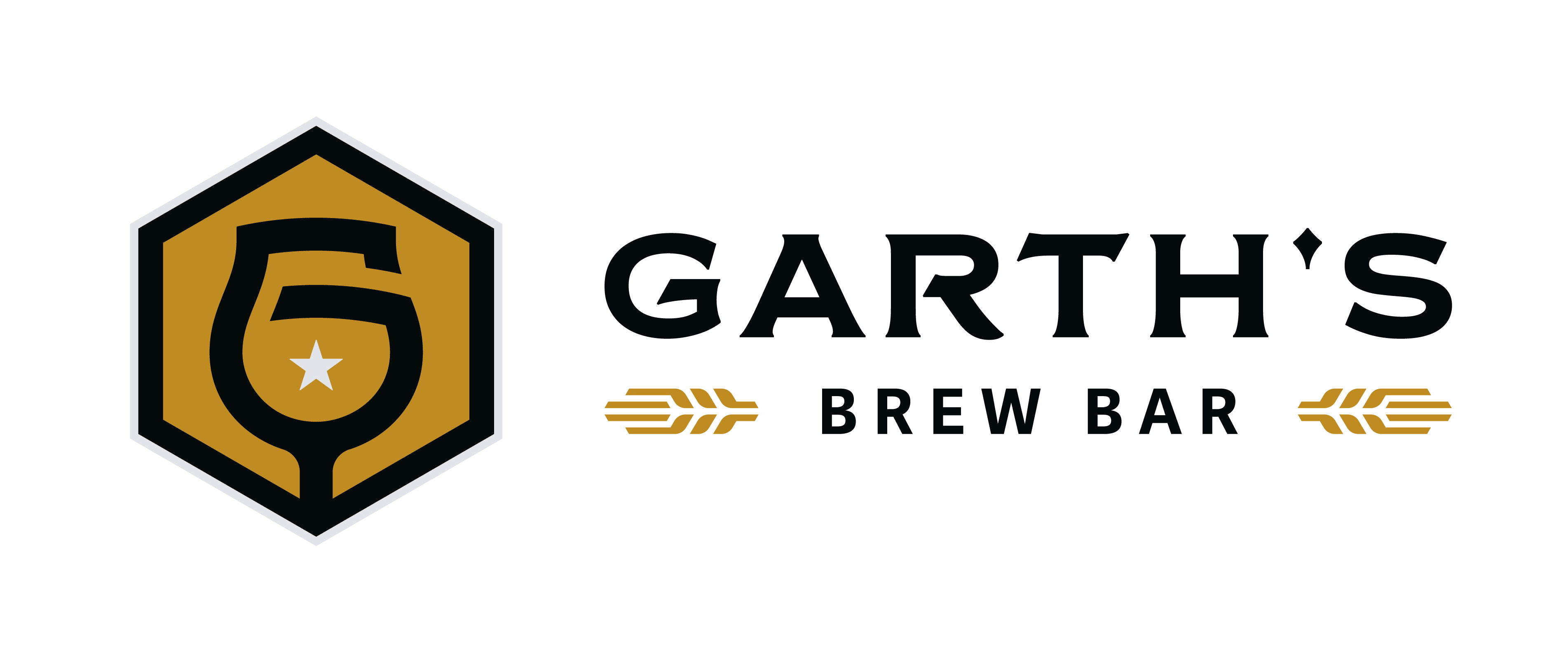There are plenty of breathing and sipping and smelling methods, but I believe the most important attribute to expertly taste a beer is the mindset you go in with. The proper mindset will help you identify off-flavors and recognize appropriate styles.
I’ve held a number of off-flavor tastings and taken a few off-flavor tasting exams. Most first-timers –myself included– fail miserably at tasting because they go in with the mindset of finding off-flavors.
I’m not one to get uncomfortable in situations, but every time I’m hosting an off-flavor class and I serve the control beer to a group that anticipates it’s another off-flavored beer, I cringe.
They begin to pick out off-flavors that aren’t there. They lose site of what the style is and what they are personally liking and disliking about the beer. All there after is finding what’s off.
To expertly taste a beer, I recommend three steps.
- Go in looking for what resonates with you in a positive way.
- Then look for what correlates or what’s missing with the style of beer you’re drinking.
- Then, and only then, explore what might be off about it.
Sometimes, the beer is so bad you can skip straight to step three, but fortunately that’s not happening as often as it used to thanks to the quality of American brewing and cleaning-standards for bars and taprooms.
For further study, Kegerator has a great breakdown of 18 common off-flavors in beer including how to DIY your own off-flavors. You can also purchase an off-flavor kit from Cicerone. (I recommend going in with others so you’re not eating the whole cost.)
Photo credit

